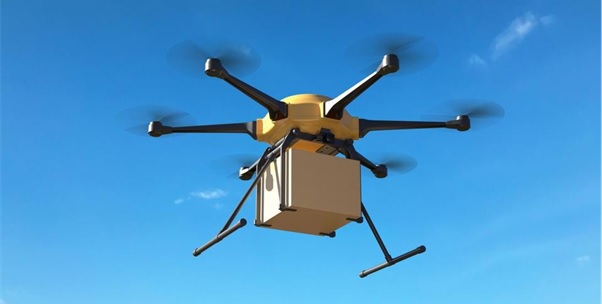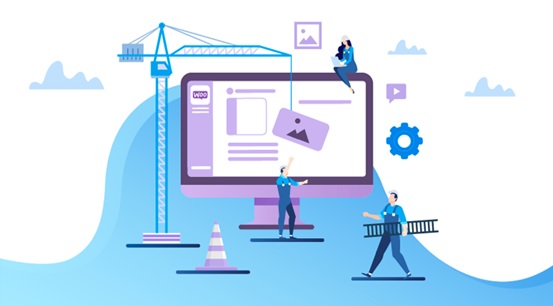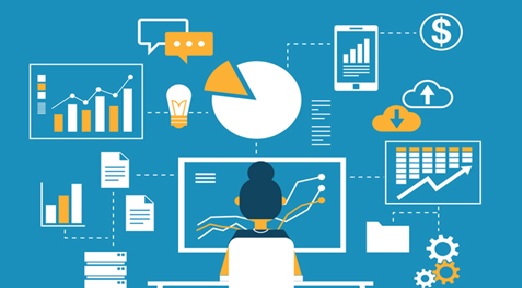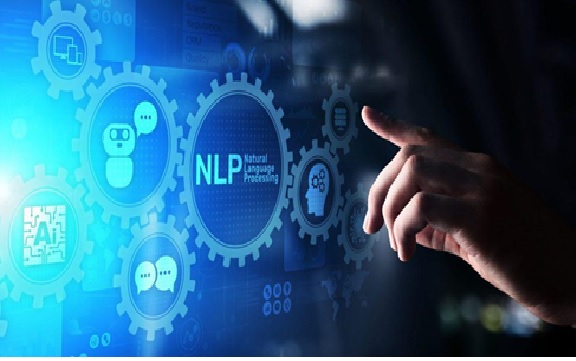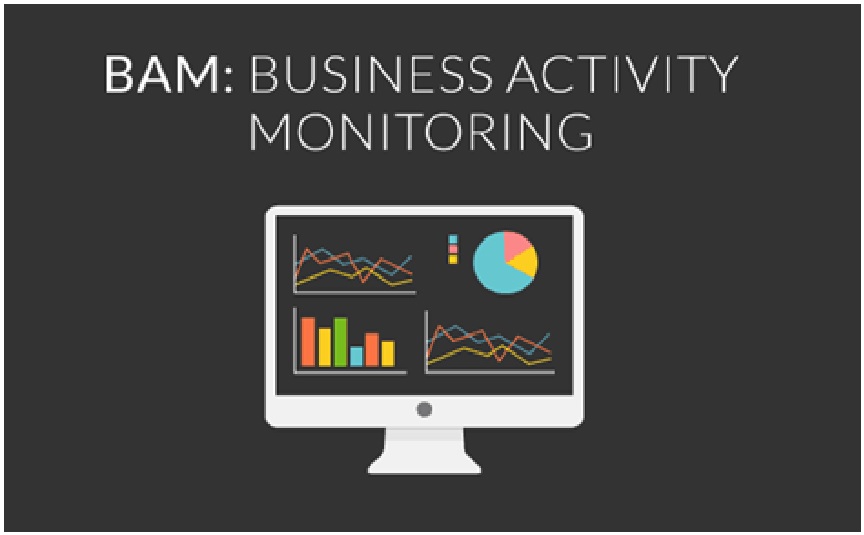The Five Stages of Business Intelligence
Business Intelligence is a process that performs data analysis and presents the information to the end users in such a way that they can make informed business decisions. Business Intelligence analyzes past and current data and provides organizations an insight into the future. Organizations rely heavily on BI in today’s ever-changing business environment so that they can plan strategically from the forecasts of BI technologies; this, in turn improves their overall organizational performance. BI performs analysis, reporting, data mining, predictive analysis, online analytical processing, and business performance management.

Figure 1. Five Stages of Business Intelligence
The biggest part of the BI implementation is the use of actual tools that perform data processing. Different tools and technologies form a business intelligence infrastructure. Most often, the infrastructure includes the technologies that cover data storing, processing, and reporting
Stages :
- Data sourcing :Business Intelligence is about extracting information from multiple sources of data. The data might be: text documents – e.g. memos or reports or email messages; photographs and images; sounds; formatted tables; web pages and URL lists. The key to data sourcing is to obtain the information in electronic form. So typical sources of data might include: scanners; digital cameras; database queries; web searches; computer file access etc.
- Data analysis: Business Intelligence is about synthesizing useful knowledge from collections of data. It is about estimating current trends, integrating and summarizing disparate information, validating models of understanding and predicting missing information or future trends. This process of data analysis is also called data mining or knowledge discovery.
- Situation awareness: Business Intelligence is about filtering out irrelevant information, and setting the remaining information in the context of the business and its environment. The user needs the key items of information relevant to his or her needs, and summaries that are syntheses of all the relevant data (market forces, government policy etc.). Situation awareness is the grasp of the context in which to understand and make decisions. Algorithms for situation assessment provide such syntheses automatically.
- Risk assessment: Business Intelligence is about discovering what plausible actions might be taken, or decisions made, at different times. It is about helping you weigh up the current and future risk, cost or benefit of taking one action over another, or making one decision versus another. It is about inferring and summarizing your best options or choices.
- Decision support: Business Intelligence is about using information wisely. It aims to provide warning you of important events, such as takeovers, market changes, and poor staff performance, so that you can take preventative steps. It seeks to help you analyze and make better business decisions, to improve sales or customer satisfaction or staff morale. It presents the information you need, when you need it.
Benefits:
- Improved decision-making.
- Identifying customer behaviors, trends, and patterns.
- Enhanced operational efficiency and competitive advantage.
- Reduced costs and increased revenues.
References:
- https://www.orbitanalytics.com/business-intelligence/
- https://www.altexsoft.com/blog/business/complete-guide-to-business-intelligence-and-analytics-strategy-steps-processes-and-tools/
- https://www.mbaknol.com/business-analysis/the-five-stages-of-business-intelligence/
Cite this article:
Sindhu.C (2022),The Five Stages of Business Intelligence, AnaTechMaz, pp. 26





